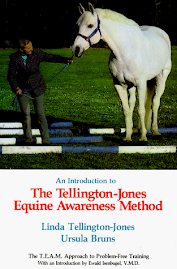
The Uffington white horse is undoubtedly Britain’s oldest and most famous hill figure, which has recently been dated at 3000 years old by the Oxford Archeological Unit. 1000 years older than previously thought. This the oldest hill figure and inspired the creation of many of the other white horses although and particularly its closeness to Uffington castle may have inspired the creation of the first Westbury horse by Bratton camp, which also faced right. The earliest reference to it was in in the 1070's when white horse hill was mentioned, the first actual reference to the horse itself was in 1190.
The horse is unique in its features, the horse being a very long sleek disjointed figure and this leads some to believe it represents the mythical dragon that St. George slain on the adjacent Dragon hill or even his horse. However others believe it represents a Celtic horse goddess Epona, known to represent fertility, healing and death. It may have been created to be worshipped in religious ceremonies. Similar horses feature in Celtic jewelry and there is also evidence for horse worship in the Iron Age. The scouring of the horse is believed to have been a religious festival in later times, giving more creditability to the figure being of religious origin. Others believe that it commemorates Alfred’s victory over the Danes in 861 AD or that it was created in the seventh century by Hengist in the image of a horse on his standard, however the recent scientific data upon its age seem to discount these more modern theories. Several Iron age coins bearing representations of horses very similar to the Uffington horse have been found and would support the theory of the horse being from an earlier period than the seventh or eight centuries.
Also unusual is the fact that the horse faces to the right while all other horses and other animal hill figures face left, with three exceptions, the very first Westbury horse, the Osmington horse and the more modern Bulford Kiwi. The earliest record of the white horse is from Abingdon Abbey in the late 12th century, although white horse hill was mentioned a century earlier. There are many records after this period with a very good historical record from the 18th century in which the horse has changed little in appearance from then to the present day. There were occasions when the horse became overgrown, 1880 for example and was in danger of being lost like some of the other hill figures. There is no danger of this happening now, with English Heritage caring for this Ancient monument.






























































No comments:
Post a Comment